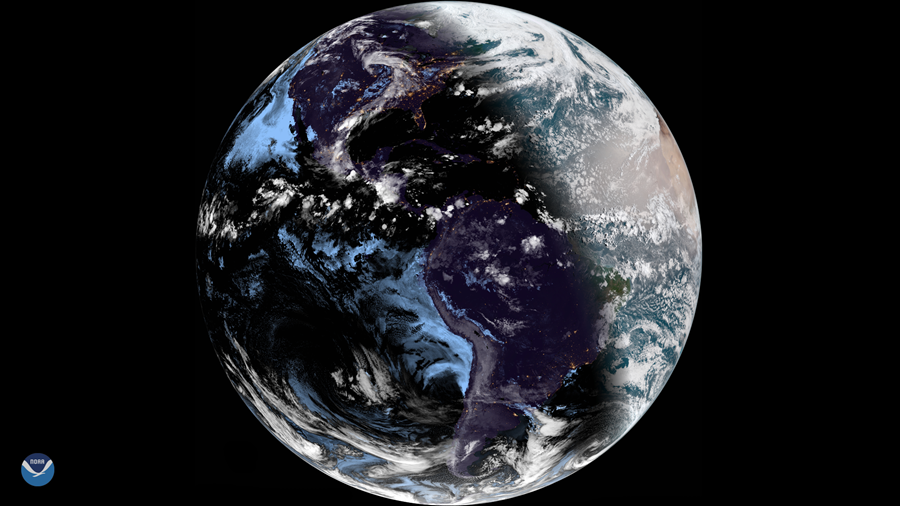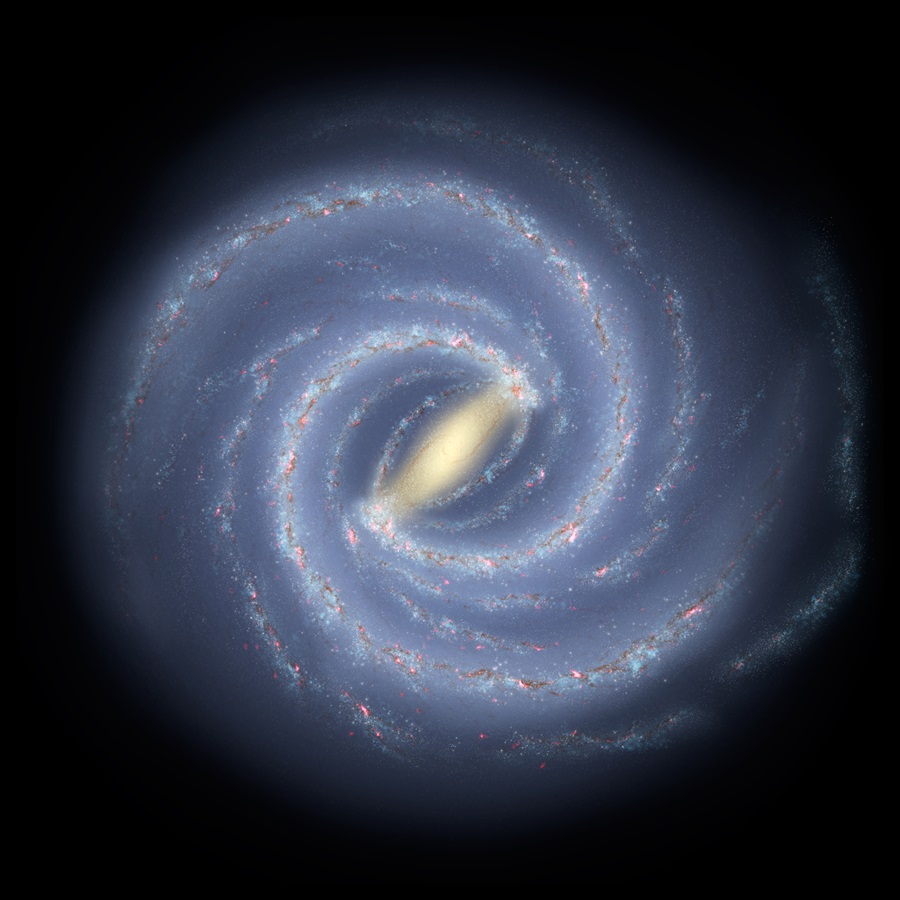Everything changes in the night sky; nothing remains the same. But the pace of change varies widely, depending on which celestial objects you’re watching.
The Moon orbits Earth once every 27 days. Every night you’ll see it rise and set a little later and its phase change, either waxing or waning depending on its current orbital position. Few other astronomical objects show such rapid changes.
It takes Earth one year to complete its own orbit around the Sun. And over the course of a year, the constellations cycle through changes. You can perceive the changes month to month and even week to week if you look closely. For example, Orion has set progressively earlier as winter has passed and spring moves toward summer. Now it’s below the horizon before sunset and therefore not visible to us. But the summer constellations are starting to appear.

The constellations we see at a given time of year are those that lie outward from Earth’s night side from wherever we happen to be in our orbit. Imagine a circular room with a bright light in the center. That light is the Sun. Stand facing the light. Daytime. Turn away from the light. Night. Walk slowly in a circle around the light: you’re orbiting the Sun. Now imagine decorations on the wall of the circular room. Those are the constellations. The decorations you see directly in front of you when you turn your back to the light are the constellations you’d see at a given time of year. As you continue your circle around the light, those decorations or constellations will pass out of view and new ones will appear. Eventually you’re back where you started, at the one-year mark.
The upcoming summer solstice on June 20 — the longest day of the year in the northern hemisphere — provides a convenient marker for that motion. Here we are again at the first day of summer, right where we were one year ago.
Or are we?
If you had planted a flagpole in space at Earth’s position in the galaxy on the 2024 summer solstice, I mean a magical flagpole that defies physics and remains in place, would you see it on June 20 this year as Earth completes its 19-miles-per-second trip around the Sun?
You would not. The flagpole would be far, far away. That’s because as the Earth orbits the Sun, the Sun also moves, orbiting the Milky Way galaxy at 143 miles per second. And as the Sun moves, it takes along its family of gravitationally bound objects: our solar system, consisting of eight planets (Mercury, Venus, Earth, Mars, Jupiter, Saturn, Uranus, Neptune), thousands of dwarf planets (including poor demoted Pluto) and millions of comets and asteroids.

All the stars you can see orbit the Milky Way. And like the Sun, they move at high speeds. But because stars are extremely far from us, their apparent motion is extremely slow. You can see this visual effect every day. High-flying aircraft or distant boats on the horizon appear to creep along; seen up close, the same plane or boat whips past.
Next year, 10 years from now, 100 years on, the constellations will look the same. But in tens of thousands of years, many familiar constellations will be distorted beyond recognition by the varying motion of their individual stars. Orion will not be with us forever.
So where is our magical flagpole? Multiply the Sun’s orbital speed of 143 miles per second by the number of seconds in a year, 31,536,000. The flagpole stands 4.5 billion miles away in the direction of the constellation Carina.
Or does it?
The Milky Way is also in motion, hurtling through space at 342 miles per second. Like the Sun and its solar system, our galaxy carries along the hundreds of billions of stars that orbit it, including the Sun. Our calculation for the flagpole’s position after one Earth year must include galactic motion. Add 31,536,000 x 342 miles to that 4.5 billion.
There’s yet another layer of complexity. The universe is expanding. Nothing can remain in place, not anywhere or ever, when reality itself expands underfoot.
It’s dizzying to contemplate galactic time scales and cosmic expansion. But no matter: on June 20, gather with friends around a beach bonfire, watch the Sun set, and reflect on whatever existential questions you like.
The universe, the galaxy, even our own solar system are too big for us to grasp fully. So, grab hold of whatever you can and celebrate it: the changing Moon, the changing constellations, the changing seasons. Without conscious minds to perceive and wonder at these things, ours would be a lonely and unrealized universe. Clear skies!
Editor’s note: An earlier version of this article, published in print on May 22, incorrectly stated that the Moon rises “a little earlier” from one night to the next. In fact, it rises a little later, not earlier. Also, the list of eight planets in the solar system incorrectly omitted Venus and included Mars twice.



